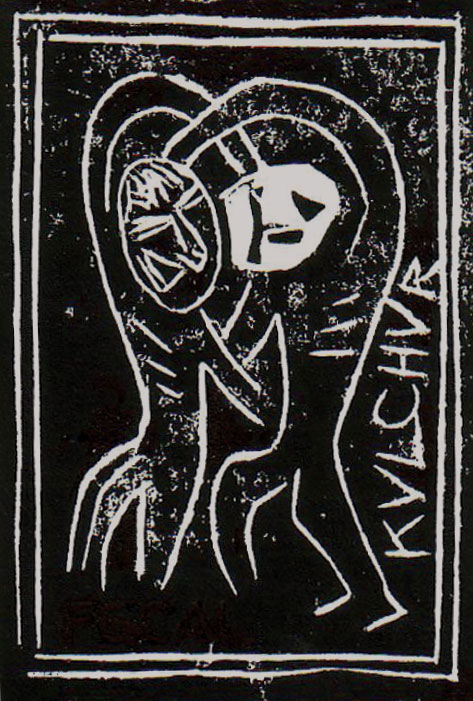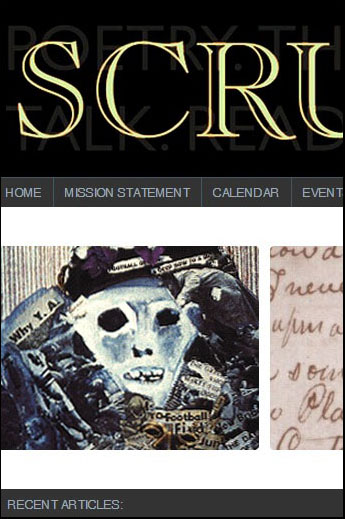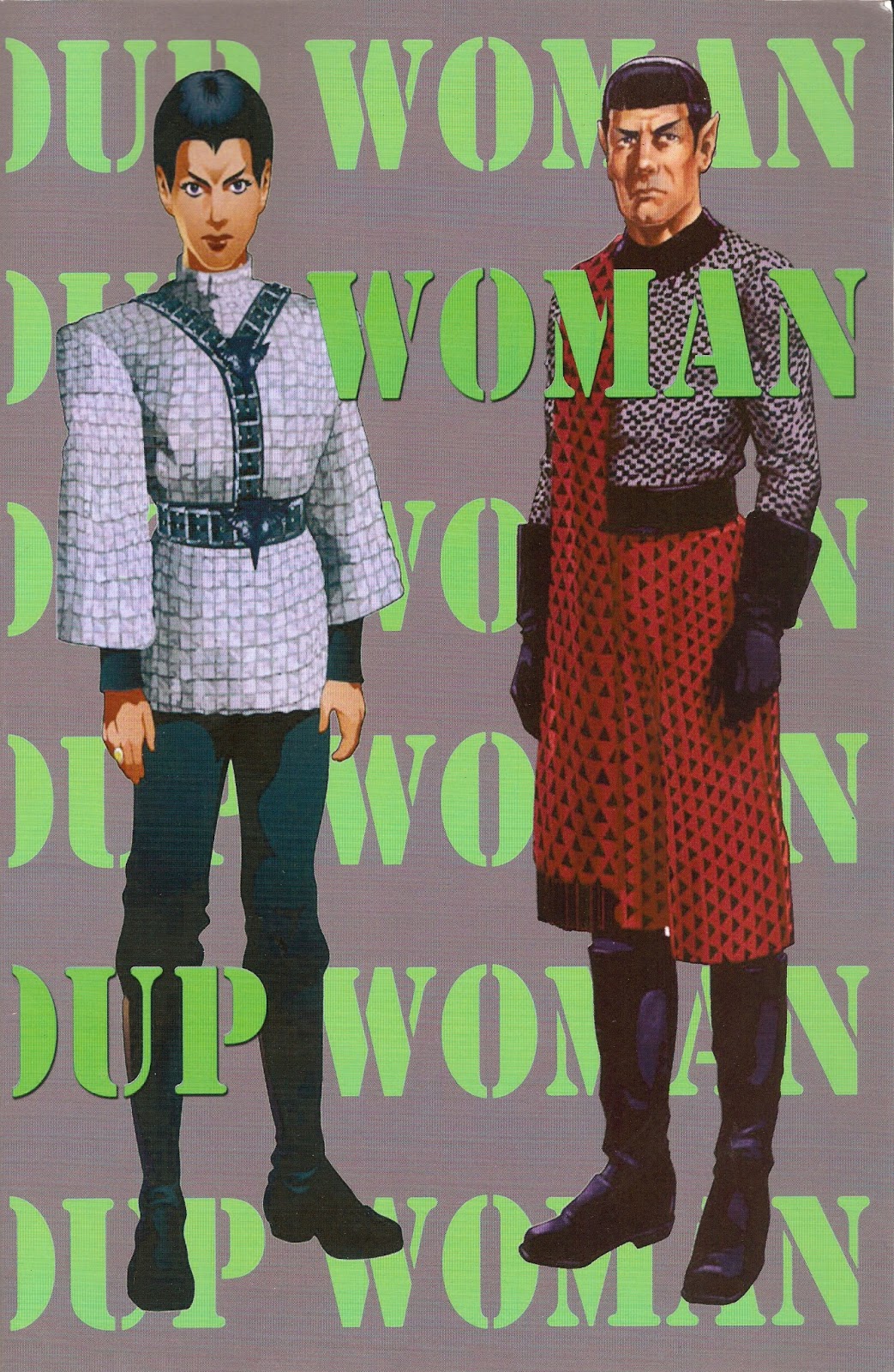JOHN SEED'S PICTURES FROM MAYHEW (Shearsman 2005)

Drawn directly from Henry Mayhew’s investigations into working class life in mid-nineteenth century London, Seed’s poems are extracted from the testimonies of working men & women as mediated by Henry Mayhew’s journalistic accounts. Every word, according to Seed, is drawn from “the thousands of printed pages of Mayhew’s investigations” which were published first in the Morning Chronicle between 1849 & 1850 and then in Mayhew’s own weekly, London Labour and the London Poor.
The transnational, transhistorical contemporaneity of these testimonies—presently evident in the riots in France & very recently in the visibility of American poverty in the aftermath of Hurricane Katrina—is uncanny. Despite the substantial spatial & temporal remove from Mayhew’s investigations, the words of the London poor are exceedingly present. The collection begins with a preface which is at once encouragement & admonishment. The preface is an appeal to the privileged reader to enter into the world of London’s working poor, but the appeal is wrapped round a warning:
If you was to go to
the raffle tonight sir they’d say
directly you come in who’s this
here swell what’s he want they’d
think you were a cad or
spy come from the police but
they’d treat you civilly some would
fancy you was a fast kind
of a gentleman come there for
a lark but you need have
no fear though the pint pots
does fly about sometimes
From the get go the narrator, whose sex is difficult to determine, addresses whomever s/he is speaking to as a person of privilege. If the narrator is in fact addressing the reader, Seed is clearly aware that anyone reading these poems will be, by default, not a member of the working poor. Exceptions would do nothing more than prove the rule. Contemporary poetry, published independently by small presses, does not sell well in working class neighborhoods. In fact, contemporary poetry, in limited press runs, can scarcely ever be found in working class neighborhoods. Thus the reader enters into the world of the working poor from an external, privileged position much like Mayhew himself did.
This is very much the case with the riots currently raging in France. Unless we are immediately involved in the riots, they come to us only through mediated images & text, through journalistic accounts which have passed through various written stages & then various editors. We enter into the tumult externally, through an unbridgeable remove. & aside from a handful of reports, very little attention has been given to the riots in mainstream American media. The visibility of these riots is exceedingly limited.
Reports in the NY Times maintain that dozens of buildings, many host to privately owned businesses, and more than 3,300 vehicles have been destroyed in the largest upheaval in France since 1968. Unlike the student riots of 1968, the current unrest appears to bear a much closer kinship to the LA Riots, a situation similarly precipitated by a seemingly isolated incident & then fueled by a deeply-seated frustration & rage. The rage expressed in the current riots in France far exceeds the precipitating incident & is clearly symptomatic of more firmly entrenched, systemic social inequalities.
Participants in the rioting are largely second & third generation immigrants from North & West Africa, many of whom are Arab Muslims. The rioting began nearly two weeks ago in Clichy-sous-Bois, a working class suburb on the outskirts of Paris, when two boys of Maritanian & Tunisian descent running from police hid in an electrical substation & were subsequently electrocuted. The rioting has since spread not only to the center of Paris but also Toulouse, Nice, Marseille, Lille & Strasbourg. The unemployment rate in many of the areas where rioting is most fierce is double & even triple the national ten percent. To peer through a highly mediated window & catch a glimpse of working class life in France now is undoubtedly to bear witness to a world where the pint pots are flying about wildly, with much greater ferocity than usual.
Our access to the upheaval in France is much like our access to the London poor of the mid nineteenth century: it is purely textual, mediated through carefully selected images & journalistic accounts. As Guy Debord declared over thirty years ago, “the spectacle is not a collection of images, but a social relation among persons, mediated by images.” In culling from & restructuring the past--inasmuch as the past is represented in & by various texts, each text nothing more than an incomplete fragment--Seed’s work appears to be an attempt to restructure the social relation among persons, a relation otherwise constructed by institutional power. Seed appropriates Mayhew’s investigations &, rather than adding to them & commenting on them, he rearranges them, edits them, drawing from them that which is contemporary, that which transcends the temporal & spatial remove. The appropriation & arrangement of text is, itself, Seed’s commentary. In this Seed seems to be in accordance with Debord’s well-known claim: “Plagiarism is necessary. Progress implies it. It clings to an author’s phrase, makes use of his expressions, erases a false idea, replaces it with the right idea.” The distinction made by Debord between right & wrong here is undoubtedly understood by Seed.
Having extracted a modest handful of passages from thousands of pages of Mayhew’s investigations, Seed is foregrounding those few moments contained in images & bits of text that speak most clearly to that zeitgeist of a civilization which is most often concealed. The fragments selected by Seed are much like Pound’s luminous details, details universal & static in their contemporaneity. While Pound found these details in the Pre-Raphaelite Brotherhood & the Troubadours of Southern France (among dozens of other places but never in poverty) Seed finds these details in the working poor of nineteenth century London. & just as Pound offered us a Homer mediated by Andreas Divas, a Li Po mediated by the Japanese, Seed offers us the working poor via Henry Mayhew. Like Pound, Seed has carefully selected the intermediary source through which he procures his luminous detail & his source is no less saturated with ideology.
Among the many voices which emerge in these poems, one man comments on the game of chess. The dialect is clearly a working class dialect & the narrator confesses he knows nothing about the game:
I’ve seen chess played & I should
say it’s a rum game but I
know nothing about it I once had
a old gent for a customer &
he was as nice & quiet as a
old gent as could be & I
always called on him when I thought
I had a curus or old teacaddy or
knifebox or anything that way he didn’t
buy once in twenty calls but he
always gave me something for my trouble
he used to play at chess with
another old gent & if after his
servant had told him I’d come I
waited ’til I could wait no longer
& then knocked at his room door
he swore like a trooper
It is difficult for me to think of anything here but Pound’s “Dogmatic Statement on the Game and Play of Chess.” It is through the game of chess that Pound hopes to illustrate the Vorticist approach to painting, yet Pound moves from the assumption that the reader is familiar with the game. Of course, he’s right. If you’re reading Pound you’re probably familiar with chess, especially if you were reading Pound in 1915 when the poem was first published. Seed’s poem, however, underscores that divide between those who are & aren’t familiar with chess, indicating that chess, as a game not allegory, is something bound to a particular social class as well as a game foreign to a social class.
Strongly informed by the Objectivist tradition, Seed is acutely aware of the way in which the passages appropriated from Mayhew come together to form the colloquial, idiomatic rhythms specific to a particular group of people at a particular moment in time. But it is within these rhythms that we are able to extrapolate those details which are forever present, forever contemporary. The “costermongers, coalheavers, sewermen, seamstresses, soldiers, shopkeepers, domestic servants, old-clothes dealers, rag-and-bone men, petty thieves, prostitutes, street people and casual workers of all kinds, old an young, male and female, thousands of unnamed and unremembered people of mid-nineteenth-century London” which populate the poems are very much here & very much now, despite a superficial otherness. Undoubtedly, the working poor that people Seeds poems bear a peculiar kinship with the men & women currently rioting in France, with the men & women herded into stadiums as a result of Hurricane Katrina, indeed with anyone living on the outskirts of highly mediated texts & images in abject poverty.






<< Home